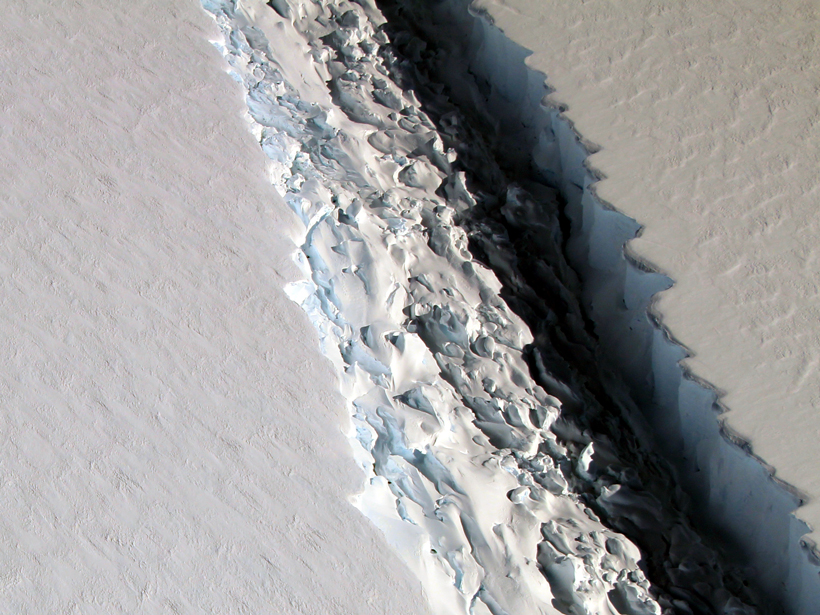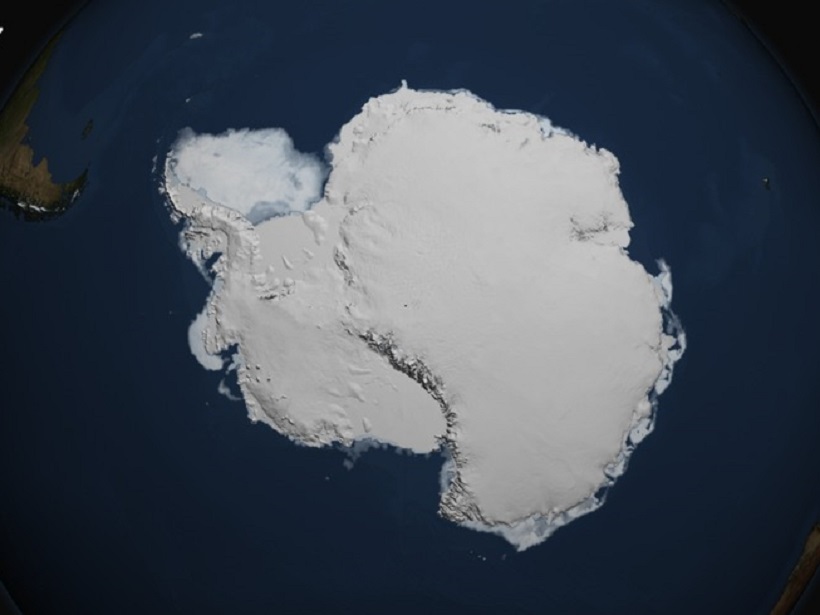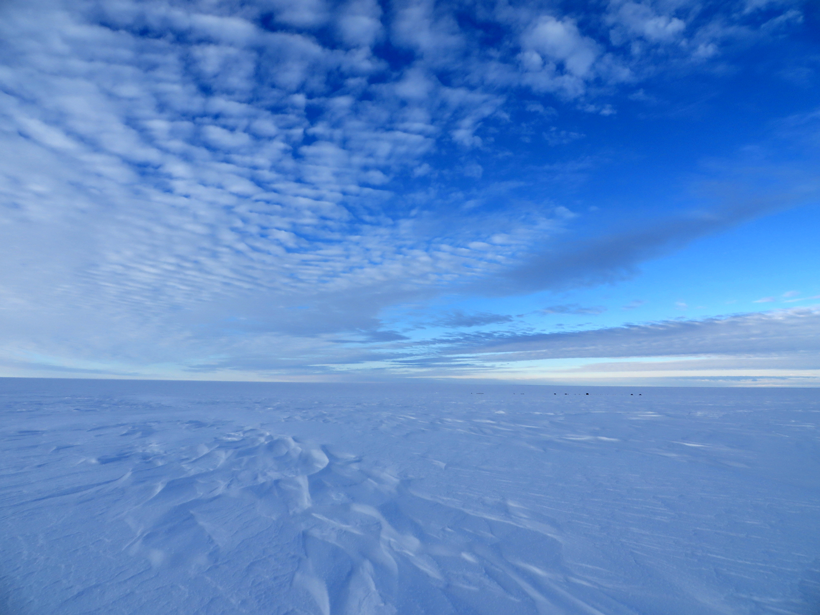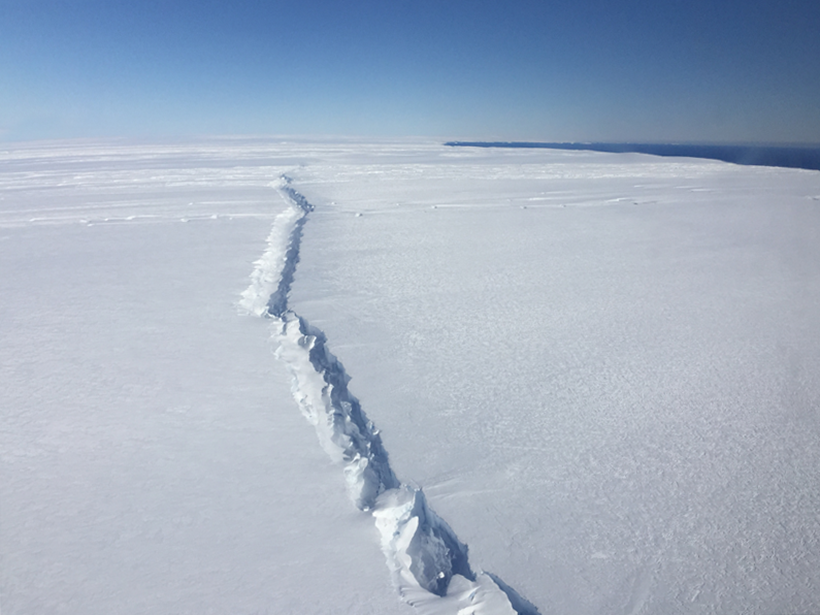A Delaware-sized slab of ice just broke off Antarctica. Now what?
Antarctica
The Uncertain Future of the West Antarctic Ice Sheet
A recent paper in Reviews of Geophysics discusses how climate change could affect ice streams, ice sheets, ice shelves, and sea ice in Antarctica.
Warm Waters in West Antarctica
A recent paper in Reviews of Geophysics describes the atmospheric and oceanic processes that are causing ice loss in the Antarctic.
What Regions Are Most at Risk for Ice Loss in East Antarctica?
Scientists model the impact of environmental warming on ice drainage basins in the less studied East Antarctica.
Evaluating Highest Temperature Extremes in the Antarctic
The record high temperature for regions south of 60°S latitude is a balmy 19.8°C (67.6°F), recorded 30 January 1982 at a research station on Signy Island.
Swirling Eddies in the Antarctic May Have Global Impacts
A new model examines how eddies in the Antarctic Circumpolar Current affect volume transport of the world's strongest current.
Déjà Vu? Ocean Warmth Melted Ancient West Antarctic Ice Shelf
Clues in seafloor sediments reveal that relatively warm water beneath western Antarctic ice shelves, a major factor in today's massive ice sheet retreat, also fueled some past ice loss.
Tiny Creatures Form Massive, Bright Ring Around Antarctica
Dense algae populations in the Great Calcite Belt could cause carbon dioxide release from the ocean into the atmosphere.
A Comparison of Surface Thinning in West Antarctic Glaciers
An uninterrupted 24-year altimetry record of Amundsen Sea Embayment glaciers indicates the initiation and pace of thinning have been inconsistent across the region.
West Antarctic Ice Shelf Breaking Up from the Inside Out
Researchers trace the origin of a 2015 iceberg to a crack that formed deep beneath the ice.










